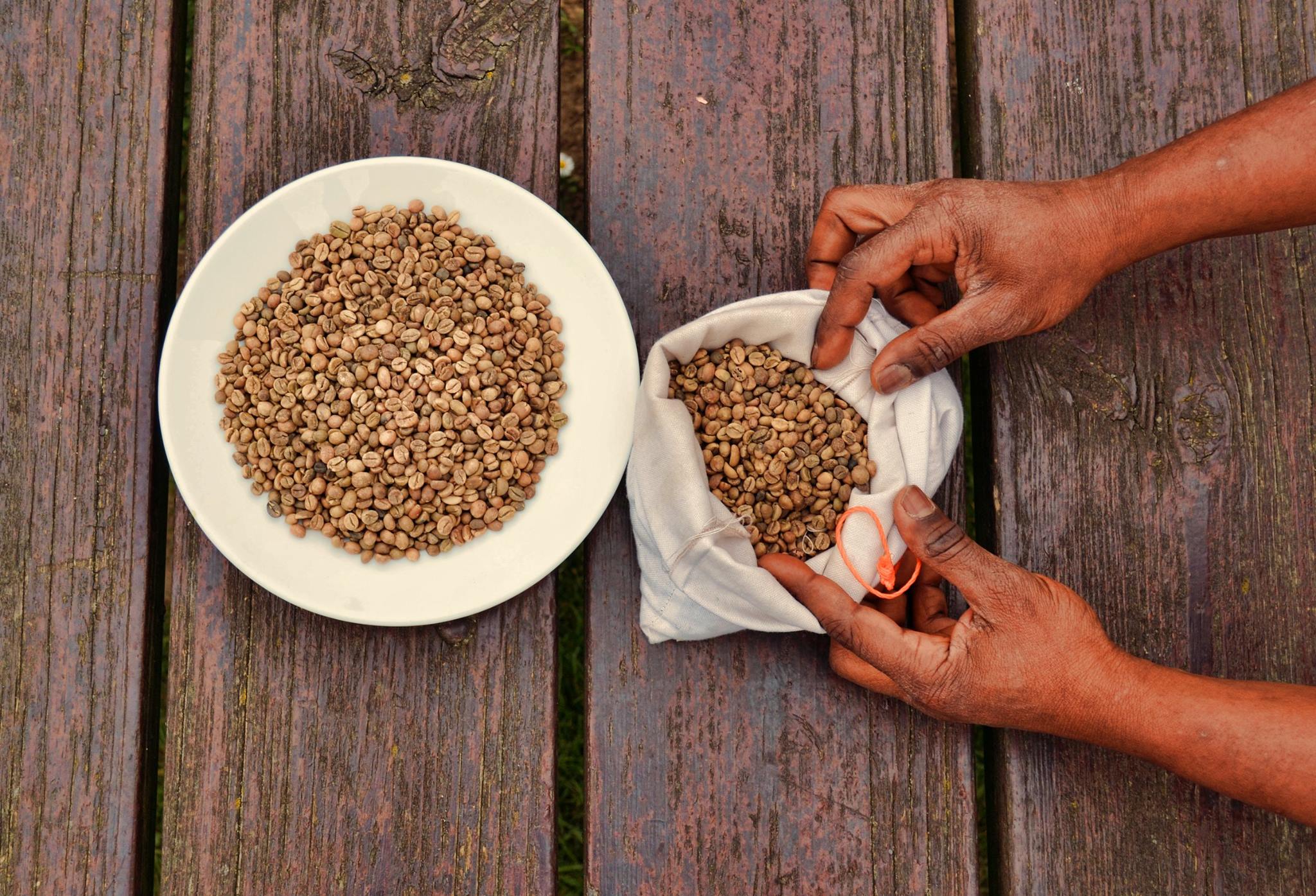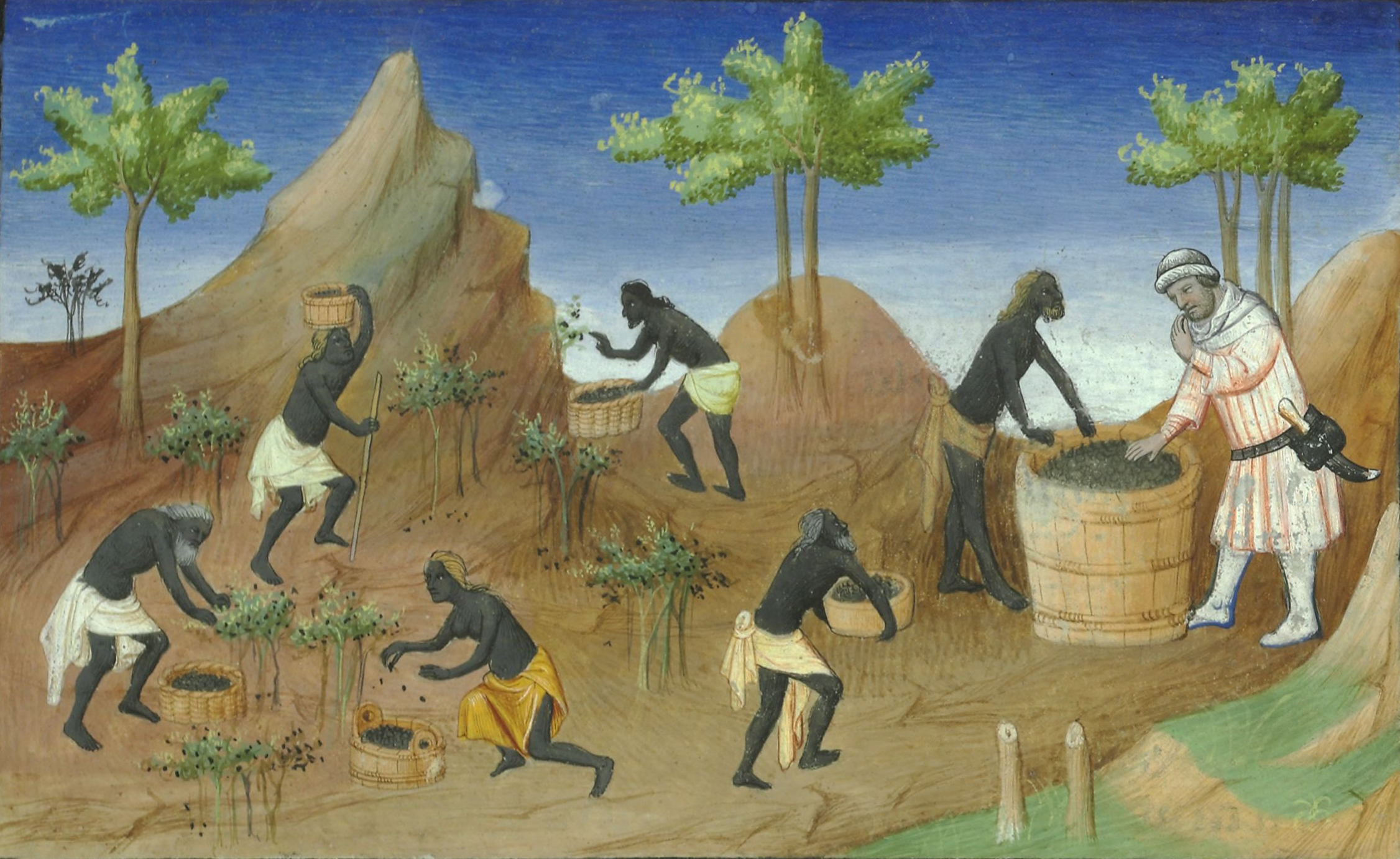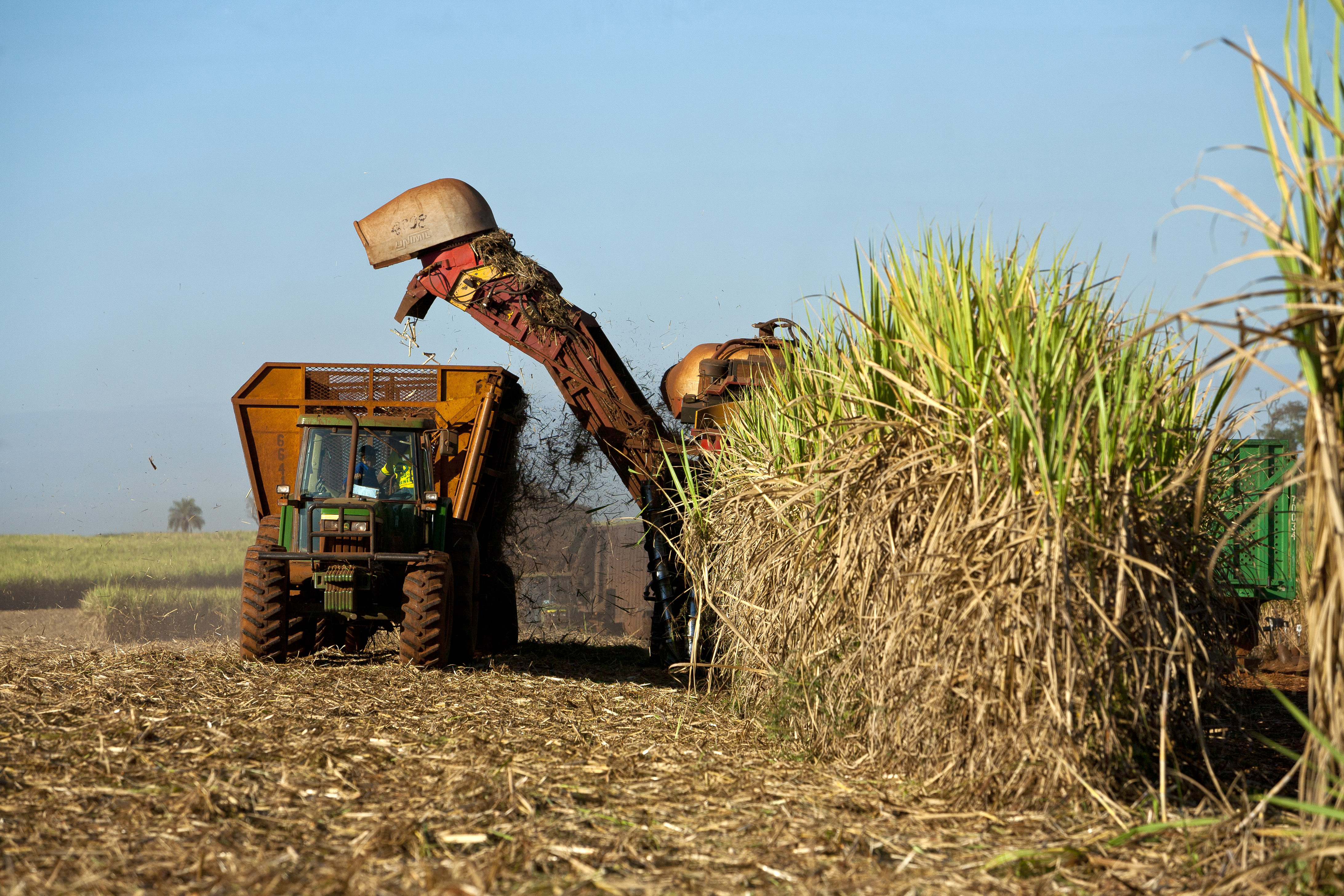|
Lipulekh Pass
Lipulekh () is a Himalayan pass in Kalapani territory is on the border of India, Nepal and China. It is one of the routes for the pilgrimage to Mount Kailash and Mansarovar in Tibet, China. Tourism This pass links the Byans valley of Uttarakhand, India with the Tibet Autonomous Region of China, and forms the last territorial point in Indian territory. The ''Kailash Mansarovar Yatra'', a Hinduism pilgrimage to Mount Kailash and Lake Manasarovar, traverses this pass. Lipulekh pass is connected to Chang Lobochahela, near the old trading town of Purang (Taklakot), in Tibet. India-China Trading Post The pass was the first Indian border post to be opened for trade with China in 1992. This was followed by the opening of Shipki La, Himachal Pradesh in 1994 and Nathu La, Sikkim in 2006. Presently, Lipulekh Pass is open for cross-border trade every year from June through September. Products cleared for export from India include jaggery, misri, tobacco, spices, pulses, fafar flo ... [...More Info...] [...Related Items...] OR: [Wikipedia] [Google] [Baidu] |
Uttarakhand
Uttarakhand ( , or ; , ), also known as Uttaranchal ( ; List of renamed places in India, the official name until 2007), is a States and union territories of India, state in the North India, northern part of India. It is often referred to as the "Devbhumi" (literally 'Land of the Gods') due to its religious significance and numerous Hindu temples and Hindu pilgrimage sites in India, pilgrimage centres found throughout the state. Uttarakhand is known for the natural environment of the Himalayas, the Bhabar and the Terai regions. It borders the Tibet Autonomous Region of China to the north; the Sudurpashchim Province of Nepal to the east; the Indian states of Uttar Pradesh to the south and Himachal Pradesh to the west and north-west. The state is divided into two divisions, Garhwal division, Garhwal and Kumaon division, Kumaon, with a total of List of districts of Uttarakhand, 13 districts. The winter capital of Uttarakhand is Dehradun, the largest city of the state, which is a ra ... [...More Info...] [...Related Items...] OR: [Wikipedia] [Google] [Baidu] |
People's Republic Of China
China, officially the People's Republic of China (PRC), is a country in East Asia. It is the world's List of countries and dependencies by population, most populous country, with a Population of China, population exceeding 1.4 billion, slightly ahead of India. China spans the equivalent of five time zones and Borders of China, borders fourteen countries by land, the List of countries and territories by land borders, most of any country in the world, tied with Russia. Covering an area of approximately , it is the world's third List of countries and dependencies by area, largest country by total land area. The country consists of 22 provinces of China, provinces, five autonomous regions of China, autonomous regions, four direct-administered municipalities of China, municipalities, and two special administrative regions of China, Special Administrative Regions (Hong Kong and Macau). The national capital is Beijing, and the List of cities in China by population, most populous ci ... [...More Info...] [...Related Items...] OR: [Wikipedia] [Google] [Baidu] |
Vegetable Oil
Vegetable oils, or vegetable fats, are oils extracted from seeds or from other parts of fruits. Like animal fats, vegetable fats are ''mixtures'' of triglycerides. Soybean oil, grape seed oil, and cocoa butter are examples of seed oils, or fats from seeds. Olive oil, palm oil, and rice bran oil are examples of fats from other parts of fruits. In common usage, vegetable ''oil'' may refer exclusively to vegetable fats which are liquid at room temperature. Vegetable oils are usually edible. Uses In antiquity Oils extracted from plants have been used since ancient times and in many cultures. Archaeological evidence shows that olives were turned into olive oil by 6000 BCE and 4500 BCE in present-day Israel and Palestine. In addition to use as food, fats and oils (both vegetable and mineral) have long been used as fuel, typically in lamps which were a principal source of illumination in ancient times. Oils may have been used for lubrication, but there is no evidence for th ... [...More Info...] [...Related Items...] OR: [Wikipedia] [Google] [Baidu] |
Coffee
Coffee is a drink prepared from roasted coffee beans. Darkly colored, bitter, and slightly acidic, coffee has a stimulating effect on humans, primarily due to its caffeine content. It is the most popular hot drink in the world. Seeds of the '' Coffea'' plant's fruits are separated to produce unroasted green coffee beans. The beans are roasted and then ground into fine particles that are typically steeped in hot water before being filtered out, producing a cup of coffee. It is usually served hot, although chilled or iced coffee is common. Coffee can be prepared and presented in a variety of ways (e.g., espresso, French press, caffè latte, or already-brewed canned coffee). Sugar, sugar substitutes, milk, and cream are often used to mask the bitter taste or enhance the flavor. Though coffee is now a global commodity, it has a long history tied closely to food traditions around the Red Sea. The earliest credible evidence of coffee drinking in the form of the modern ... [...More Info...] [...Related Items...] OR: [Wikipedia] [Google] [Baidu] |
Buckwheat
Buckwheat (''Fagopyrum esculentum''), or common buckwheat, is a flowering plant in the knotweed family Polygonaceae cultivated for its grain-like seeds and as a cover crop. The name "buckwheat" is used for several other species, such as '' Fagopyrum tataricum'', a domesticated food plant raised in Asia. Despite its name, buckwheat is not closely related to wheat. It is not a cereal, nor is it even a member of the grass family. Buckwheat is related to sorrel, knotweed, and rhubarb, and is known as a pseudocereal because its seeds' culinary use is the same as cereals, owing to their high starch content. Etymology The name "buckwheat" or "beech wheat" comes from its triangular seeds, which resemble the much larger seeds of the beech nut from the beech tree, and the fact that it is used like wheat. The word may be a translation of Middle Dutch ''boecweite'': ''boec'' (Modern Dutch ''beuk''), "beech" (see PIE *''bhago''-) and ''weite'' (Mod. Dut. ''tarwe'', antiquated Dut. ' ... [...More Info...] [...Related Items...] OR: [Wikipedia] [Google] [Baidu] |
Pulse (legume)
A legume () is a plant in the family Fabaceae (or Leguminosae), or the fruit or seed of such a plant. When used as a dry grain, the seed is also called a pulse. Legumes are grown agriculturally, primarily for human consumption, for livestock forage and silage, and as soil-enhancing green manure. Well-known legumes include beans, soybeans, chickpeas, peanuts, lentils, lupins, mesquite, carob, tamarind, alfalfa, and clover. Legumes produce a botanically unique type of fruit – a simple dry fruit that develops from a simple carpel and usually dehisces (opens along a seam) on two sides. Legumes are notable in that most of them have symbiotic nitrogen-fixing bacteria in structures called root nodules. For that reason, they play a key role in crop rotation. Terminology The term ''pulse'', as used by the United Nations' Food and Agriculture Organization (FAO), is reserved for legume crops harvested solely for the dry seed. This excludes green beans and green peas, which ... [...More Info...] [...Related Items...] OR: [Wikipedia] [Google] [Baidu] |
Spices
A spice is a seed, fruit, root, bark, or other plant substance primarily used for flavoring or coloring food. Spices are distinguished from herbs, which are the leaves, flowers, or stems of plants used for flavoring or as a garnish. Spices are sometimes used in medicine, religious rituals, cosmetics or perfume production. For example, vanilla is commonly used as an ingredient in fragrance manufacturing. A spice may be available in several forms: fresh, whole dried, or pre-ground dried. Generally, spices are dried. Spices may be ground into a powder for convenience. A whole dried spice has the longest shelf life, so it can be purchased and stored in larger amounts, making it cheaper on a per-serving basis. A fresh spice, such as ginger, is usually more flavorful than its dried form, but fresh spices are more expensive and have a much shorter shelf life. Some spices are not always available either fresh or whole, for example turmeric, and often must be purchased in ground fo ... [...More Info...] [...Related Items...] OR: [Wikipedia] [Google] [Baidu] |
Tobacco
Tobacco is the common name of several plants in the genus '' Nicotiana'' of the family Solanaceae, and the general term for any product prepared from the cured leaves of these plants. More than 70 species of tobacco are known, but the chief commercial crop is ''N. tabacum''. The more potent variant ''N. rustica'' is also used in some countries. Dried tobacco leaves are mainly used for smoking in cigarettes and cigars, as well as pipes and shishas. They can also be consumed as snuff, chewing tobacco, dipping tobacco, and snus. Tobacco contains the highly addictive stimulant alkaloid nicotine as well as harmala alkaloids. Tobacco use is a cause or risk factor for many deadly diseases, especially those affecting the heart, liver, and lungs, as well as many cancers. In 2008, the World Health Organization named tobacco use as the world's single greatest preventable cause of death. Etymology The English word ''tobacco'' originates from the Spanish word "tabac ... [...More Info...] [...Related Items...] OR: [Wikipedia] [Google] [Baidu] |
Misri
Rock candy or sugar candy, also called rock sugar, or crystal sugar, is a type of confection composed of relatively large sugar crystals. This candy is formed by allowing a Supersaturation, supersaturated solution of sugar and water to crystallize onto a surface suitable for crystal nucleation, such as a string, stick, or plain granulated sugar. Heating the water before adding the sugar allows more sugar to dissolve thus producing larger crystals. Crystals form after 6 to 7 days. Food coloring may be added to the mixture to produce colored candy. Nomenclature Etymologically, "sugar candy" derives from late 13th century English (in reference to "crystallized sugar"), from Old French ''çucre candi'' (meaning "sugar candy"), and ultimately from Arabic ''qandi'', from Persian ''qand'' ("cane sugar"), probably from Sanskrit ''khanda'' ("piece of sugar)", The sense gradually broadened (especially in the U.S.A.) to mean by the late 19th century "any confection having sugar as its ... [...More Info...] [...Related Items...] OR: [Wikipedia] [Google] [Baidu] |
Jaggery
Jaggery is a traditional non-centrifugal cane sugar consumed in the Indian Subcontinent, Southeast Asia, and Africa. It is a concentrated product of cane juice and often date or palm sap without separation of the molasses and crystals, and can vary from golden brown to dark brown in colour. It contains up to 50% sucrose, up to 20% invert sugars, and up to 20% moisture, with the remainder made up of other insoluble matter, such as wood ash, proteins, and bagasse fibres. Jaggery is very similar to muscovado, an important sweetener in Portuguese, British and French cuisine. The Kenyan Sukari ngutu/nguru has no fibre; it is dark and is made from sugar cane and also sometimes extracted from palm tree. Etymology Jaggery comes from Portuguese terms , , derived from Malayalam (), Kannada (), Hindi () from Sanskrit () or also in Hindi, (gur). It is a doublet of sugar. Origins and production Jaggery is made of the products of sugarcane and the toddy palm tree. ... [...More Info...] [...Related Items...] OR: [Wikipedia] [Google] [Baidu] |
Sikkim
Sikkim (; ) is a state in Northeastern India. It borders the Tibet Autonomous Region of China in the north and northeast, Bhutan in the east, Province No. 1 of Nepal in the west and West Bengal in the south. Sikkim is also close to the Siliguri Corridor, which borders Bangladesh. Sikkim is the least populous and second smallest among the Indian states. Situated in the Eastern Himalaya, Sikkim is notable for its biodiversity, including alpine and subtropical climates, as well as being a host to Kangchenjunga, the highest peak in India and third highest on Earth. Sikkim's capital and largest city is Gangtok. Almost 35% of the state is covered by Khangchendzonga National Park – a UNESCO World Heritage Site. The Kingdom of Sikkim was founded by the Namgyal dynasty in the 17th century. It was ruled by Buddhist priest-kings known as the Chogyal. It became a princely state of British India in 1890. Following Indian independence, Sikkim continued its protectorate stat ... [...More Info...] [...Related Items...] OR: [Wikipedia] [Google] [Baidu] |
Nathu La
Nathu La (, ) is a mountain pass in the Dongkya Range of the Himalayas between China's Yadong County in Tibet, and the Indian states of Sikkim and West Bengal in Bengal, South Asia. The pass, at , connects the towns of Kalimpong and Gangtok to the villages and towns of the lower Chumbi Valley. The pass was surveyed by J. W. Edgar in 1873, who described the pass as being used for trade by Tibetans. Francis Younghusband used the pass in 1903-1904, a diplomatic British delegation to Lhasa in 1936-37, and Ernst Schäfer in 1938–1939. In the 1950s, trade in the Kingdom of Sikkim utilized this pass. Diplomatically sealed by China and India after the 1962 Sino-Indian War, the pass saw skirmishes between the two countries in coming years, including the clashes in 1967 which resulted in fatalities on both sides. Nathu La has often been compared to Jelep La, a mountain pass situated at a distance of 3 miles (4.8 km). The next few decades saw an improvement in ties leading to t ... [...More Info...] [...Related Items...] OR: [Wikipedia] [Google] [Baidu] |









